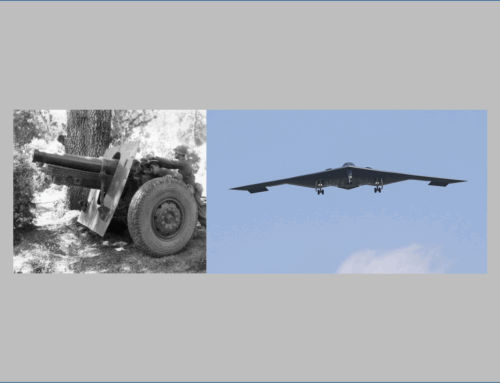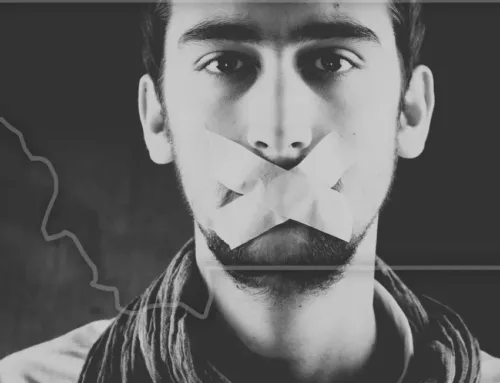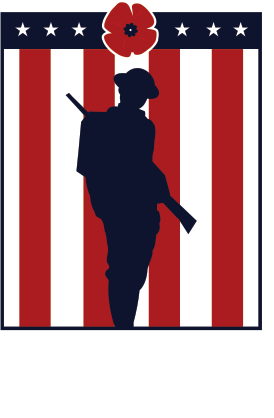Review: Soldiers Don’t Go Mad: A Story of Brotherhood, Poetry, and Mental Illness During the First World War
Published: 15 August 2023
By David Beer
via the Roads to the Great War web site
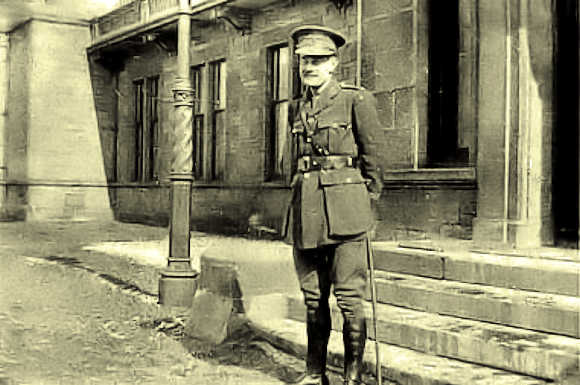
William Rivers
Dr. William Rivers at Craiglockhart Hospital
“They roll about,” wrote Brown of his subjects, “gripping at the sides of the stretcher, or rolling on the floor, tearing at their hair with their hands, contorting themselves in every possible way, foaming at the mouth, becoming purple in the face, their eyes staring out of their heads, all their muscles tense” (p. 245).
Sadly, we’re all familiar with the term PTSD or post-traumatic stress disorder, and many of us know people who suffer from it. During the Great War, however, the condition and its causes were only meagerly understood—if at all. In the eyes of the official Army hierarchy a soldier suffering from such trauma would likely be considered as simply having “the wind up,” a coward who deserved severe treatment. Fortunately, there were a few medical pioneers in psychology who eschewed this attitude and who, sometimes influenced by the work of Freud, practiced humane treatment in dealing with cases of “shell shock.” This book is about two of the most noted psychiatrists in the field at the time, Drs. William H. R. Rivers and Arthur Brock, and two of their well-known patients, soldier-poets Wilfred Owen and Siegfried Sassoon.
If you’ve read Pat Barker’s excellent novel Regeneration, you may already know something about the main characters in Glass’s non-fiction book. You might be familiar with the enlightened and humane treatments practiced at the Craiglockhart war hospital in Scotland, where so many of the more privileged shell-shocked British officers were sent. They were lucky. As Glass points out, there were far less pleasant ways to be treated for this condition.
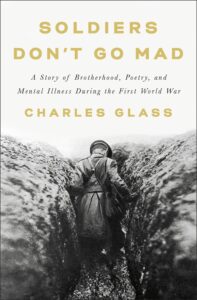 But I feel Soldiers Don’t Go Mad is essentially more about relationships than medical treatments: the relationship between army hospitals and the army hierarchy, between doctors and patients, between officers and their regiments, and above all between two patients, the quietly homosexual Sassoon and Owen—both of whom became the most noted [English-language] poets of the war. At Craiglockhart they had a profound effect on each other despite the typical British class barriers:
But I feel Soldiers Don’t Go Mad is essentially more about relationships than medical treatments: the relationship between army hospitals and the army hierarchy, between doctors and patients, between officers and their regiments, and above all between two patients, the quietly homosexual Sassoon and Owen—both of whom became the most noted [English-language] poets of the war. At Craiglockhart they had a profound effect on each other despite the typical British class barriers:
The rapport born that afternoon was not between equals. Owen played disciple to Sassoon’s master. Sassoon was six years older, a half foot taller, an established poet, a decorated warrior, and a Cambridge man. Owen had never published, harbored fears that senior officers suspected him of cowardice, and could only dream of Cambridge (p.153).
A centrally important figure in this study, as is to be expected of anything to do with Craiglockhart at the time, is Dr. W. H. R. Rivers. His relationship with his patients was natural and friendly, and he earned the trust and affection of Sassoon, Owens, and many other patients—although he was painfully aware his job was to heal men so they could be returned to combat. He was an unassuming scholar with an anthropological background who had entered the field of psychiatry and served as a captain in the Royal Army Medical Corps from 1917 to 1919. He did not enjoy the best of health and at times had to force himself out of bed in the morning to attend to his patients even though feeling quite ill. His work with his patients was of the utmost importance to him.
Read the entire article on the Roads to the Great War web site here:
External Web Site Notice: This page contains information directly presented from an external source. The terms and conditions of this page may not be the same as those of this website. Click here to read the full disclaimer notice for external web sites. Thank you.
